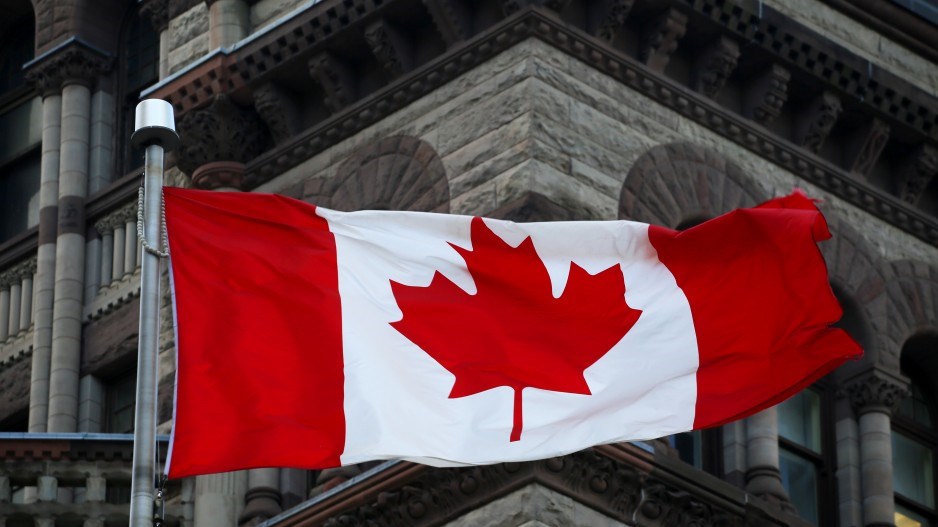In June 2015, when a victory for the Liberal Party was anything but guaranteed, Justin Trudeau vowed to make that year’s democratic process the last one fought under the first-past-the-post system.
The pledge caught the attention of several political observers who have long dreamed of casting ballots in a way that mirrors Scandinavia and not the United Kingdom.
The Liberals did win the 2015 election, but the promise of electoral reform was ultimately abandoned. Ironically, the 2019 and 2021 elections provided outcomes in which the party with the most seats in the House of Commons was not the one that received the most votes.
When Research Co. and Glacier Media asked Canadians about the current state of affairs in federal politics, a majority (62 per cent) claim to be “very satisfied” or “somewhat satisfied” with the first-past-the-post system, where a candidate wins a constituency by receiving more votes than any others. Fewer than three in 10 Canadians (27 per cent) are dissatisfied, while 11 per cent are not sure.
In no region of the country do we see a majority of residents expressing dismay at the way in which our federal representatives are elected. The needle does climb a bit in Saskatchewan and Manitoba (36 per cent) and Alberta (30 per cent), provinces where most voters supported the Conservative Party in 2019 and 2021, only to see them fall short in their hopes of forming a government.
In the past, the voices advocating for electoral reform were usually coming from supporters of the New Democratic Party (NDP).
In our survey, 26 per cent of NDP voters in 2021 are dissatisfied with first-past-the-post, lower than Conservatives (29 per cent) and higher than Liberals (18 per cent). Canadians aged 35 to 54 are more likely to believe that the first-past-the-post system is failing (31 per cent) than their counterparts aged 18 to 34 (25 per cent) and aged 55 and over (also 25 per cent).
Another run at electoral reform seems to be far away from the minds of organizers from Canada’s two main political parties. Still, even if Canadians are not overwhelmingly upset with the status quo, the level of support for specific alternatives is worth reviewing.
Our survey asked Canadians to rate three different systems that could be used to elect the members of the House of Commons. The most popular one is party-list proportional representation, which would entail political parties making lists of candidates to be elected, and seats being allocated to each party in accordance with the number of total votes the party receives. More than half of Canadians (56 per cent) agree with adopting this system, while 26 per cent disagree and 18 per cent are not sure.
On this question, Canadians aged 18 to 34 (62 per cent), Albertans (61 per cent) and British Columbians (60 per cent) are more likely to be ready for change.
The public is split on a different proposal. A move to the single-transferable-vote system — where votes are initially allocated to a voter’s most preferred candidate, and as the count proceeds and candidates are either elected or eliminated, they are transferred to other candidates in accordance to the voter's stated preferences — garners the backing of 46 per cent of Canadians and the opposition of 43 per cent.
Single transferable vote is particularly unpopular with Canadians aged 55 and over (38 per cent) but makes more sense to their counterparts aged 35 to 54 (51 per cent) and aged 18 to 34 (52 per cent).
The divide is also evident on the concept of mixed-member proportional representation, a hybrid method that would use party-list proportional representation for a portion of the legislature, and first-past-the-post for another portion. While 41 per cent of Canadians would endorse this system, 45 per cent are not in favour of it. Once again, Canadians aged 55 and over are decidedly skeptical, with 29 per cent liking the idea, 36 per cent disliking it and 35 per cent unable to make up their minds.
Political allegiance shows some quirky alliances on these proposals. Identical proportions of Liberal, Conservative and NDP voters in 2021 (59 per cent each) would agree to party-list proportional representation. Single transferable vote is more popular among New Democrats and Liberals (52 per cent and 51 per cent, respectively) than Conservatives (47 per cent). The mixed-member system fails to reach a majority across all three parties (45 per cent for both Liberals and New Democrats and 39 per cent among Conservatives).
In the months leading up to the next federal election, we can expect some form of electoral reform to be discussed and debated. At this time, Canadians are not utterly dismayed by first past the post, but still look at party list proportional representation as the superior system in the event changes are entertained.
Mario Canseco is president of Research Co.
Results are based on an online study conducted from Jan. 29-31, 2024, among 1,000 adults in Canada. The data has been statistically weighted according to Canadian census figures for age, gender and region. The margin of error — which measures sample variability — is plus or minus 3.1 percentage points, 19 times out of 20.



